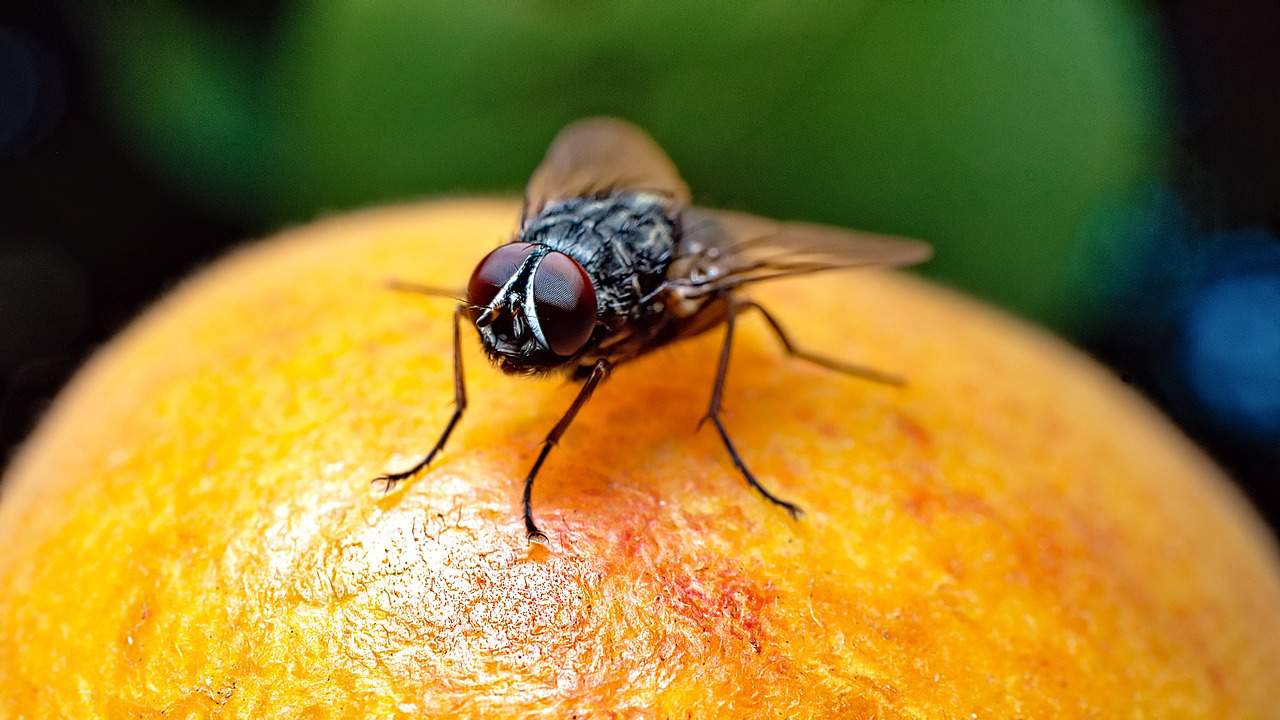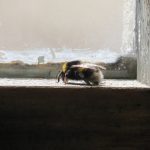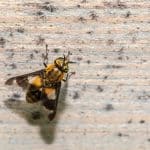Kitchens have always been a gathering place in the home; however, there are some unwelcome visitors homeowners would rather not gather in the place where we store, cook and eat our food – pests!
Cockroaches, rodents, fruit flies and pantry pests can all easily find their way into kitchens contaminating foods, spreading bacteria and ruining a “sacred” space in the home.
As many families gear up for the holiday season, which involves a lot of cooking and baking and leftovers, the pests professional reminds homeowners to remember that this is also the time of year many pests are looking for food and shelter – often inside houses.
Kitchen Pest Dangers
Cockroaches
There may be nothing grosser than a cockroach scurrying into a corner or under the fridge as you enter the kitchen – and for good reason. Cockroaches spread 33 kinds of bacteria including E coli and salmonella, six parasitic worms and more than seven other types of human pathogens. Additionally, their saliva, droppings and decomposing bodies contain allergen proteins known to trigger allergies and increase the severity of asthma symptoms.
Rodents
Each winter these sharp toothed, disease-carriers typically invade 21 million homes bringing with them a slew of dangers. Mice and rats spread salmonella bacteria and hantavirus, and they can carry other disease-causing pests, such as ticks, fleas and lice. Rodents can also chew through wood and electrical wires increasing the risk of home fires. Prevention is the name of the game with rodents though because when they move in, they quickly make themselves at home – a female mouse can have as many as 12 babies every three weeks!
Contrary to popular belief, these flies do not come from the interior of the decaying fruit and are not spontaneously “born” from rotting fruit. Instead, they are able to detect the yeast produced by fermenting fruit, even from great distances. Once they have identified an intended target, they have little trouble getting to it as their tiny size allows them to enter a home through miniscule cracks and crevices. Most window screens won’t deter them either.
Pantry Pests
These insects tend to gather around food often stored in pantries and cabinets such as flour, dry cereals, spices, candies and chocolate. Common pantry pests include several types of beetles, meal moths and ants.
Prevention As a First Line of Defense Against Pests
Pests professional recommends the following preventative measures to ensure your kitchen, pantry and holiday goodies remain pest free.
- Immediately wipe up any crumbs or spills from countertops, tables, floors and shelves.
- Store food in airtight containers and dispose of garbage regularly in sealed receptacles.
- Only purchase food in sealed packages that show no sign of damage.
- Add a bay leaf to canisters and packages of dry goods like flour, rice and other grains- their pungent scent repels many pantry pests.
- Check expiration dates on baking ingredients before use.
- If you keep fresh fruit on the counter, check it often for signs of over-ripening or decay. As female fruit flies lay an average of 500 eggs on the surface of fermenting fruit, it’s best to dispose of the fruit in outdoor trash cans to prevent those eggs from hatching in your indoor trash.
- Run your garbage disposal regularly.
- Don’t let dirty dishes pile up and stand in the sink for long periods of time.
- Don’t leave pet food and water bowls sit out for long periods of time.
- Install door sweeps on exterior doors and repair damaged screens.
- Eliminate all moisture sites, including leaking pipes and clogged drains.
- Seal cracks and crevices on the outside of the home and around the kitchen, especially around stove and water pipes.
- If you suspect a pest infestation in your home, contact a licensed pest professional to inspect, identify and treat the problem.





